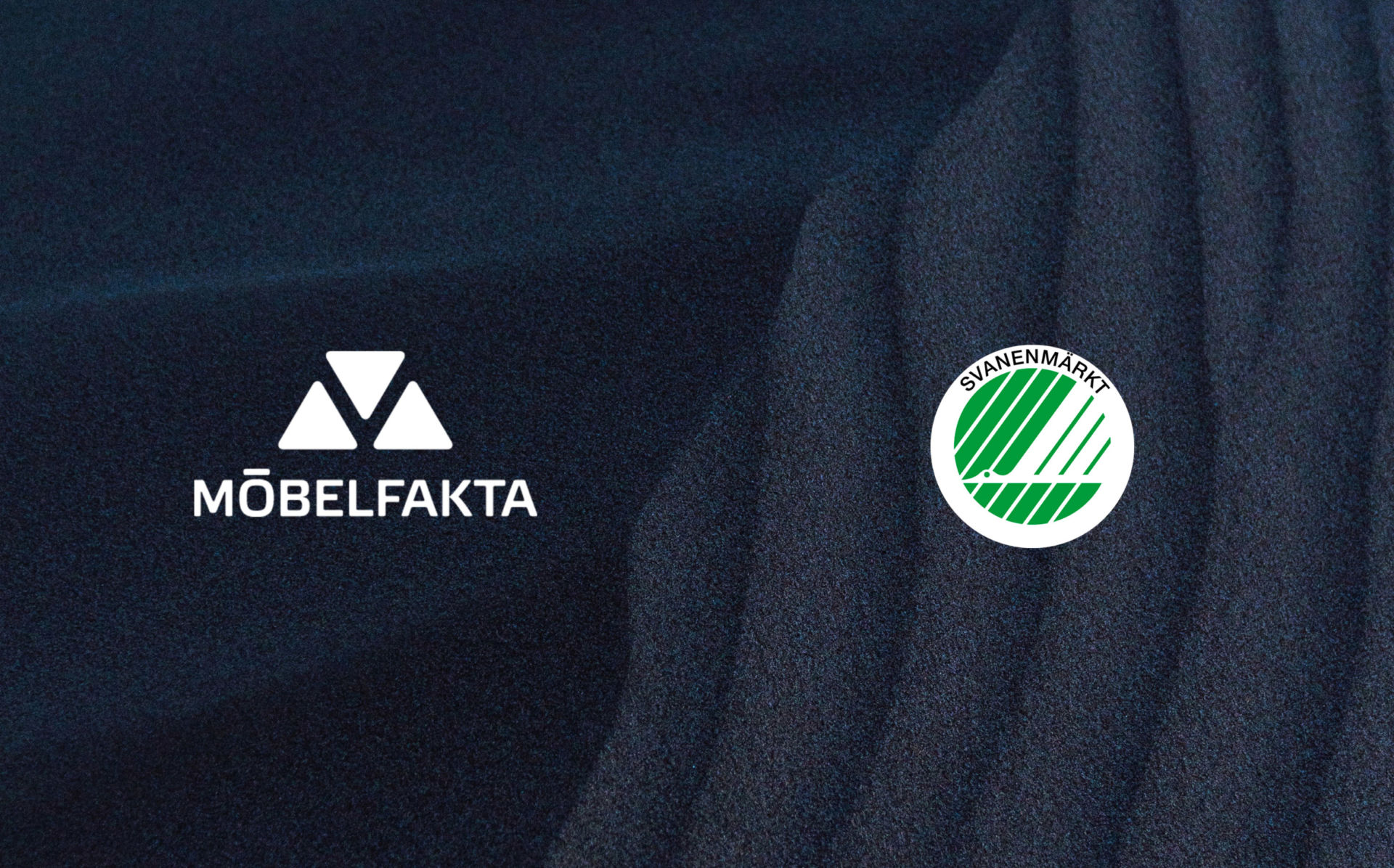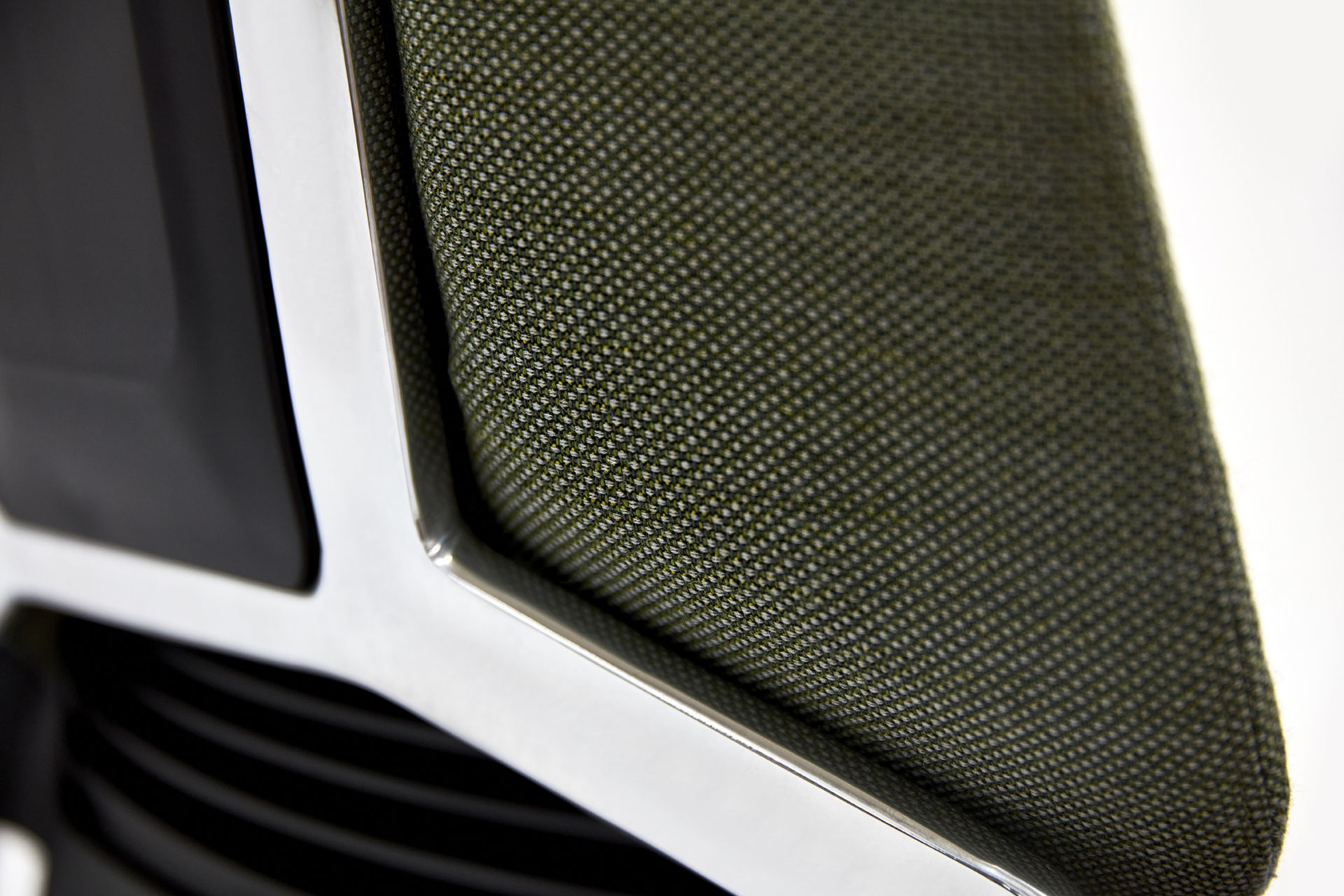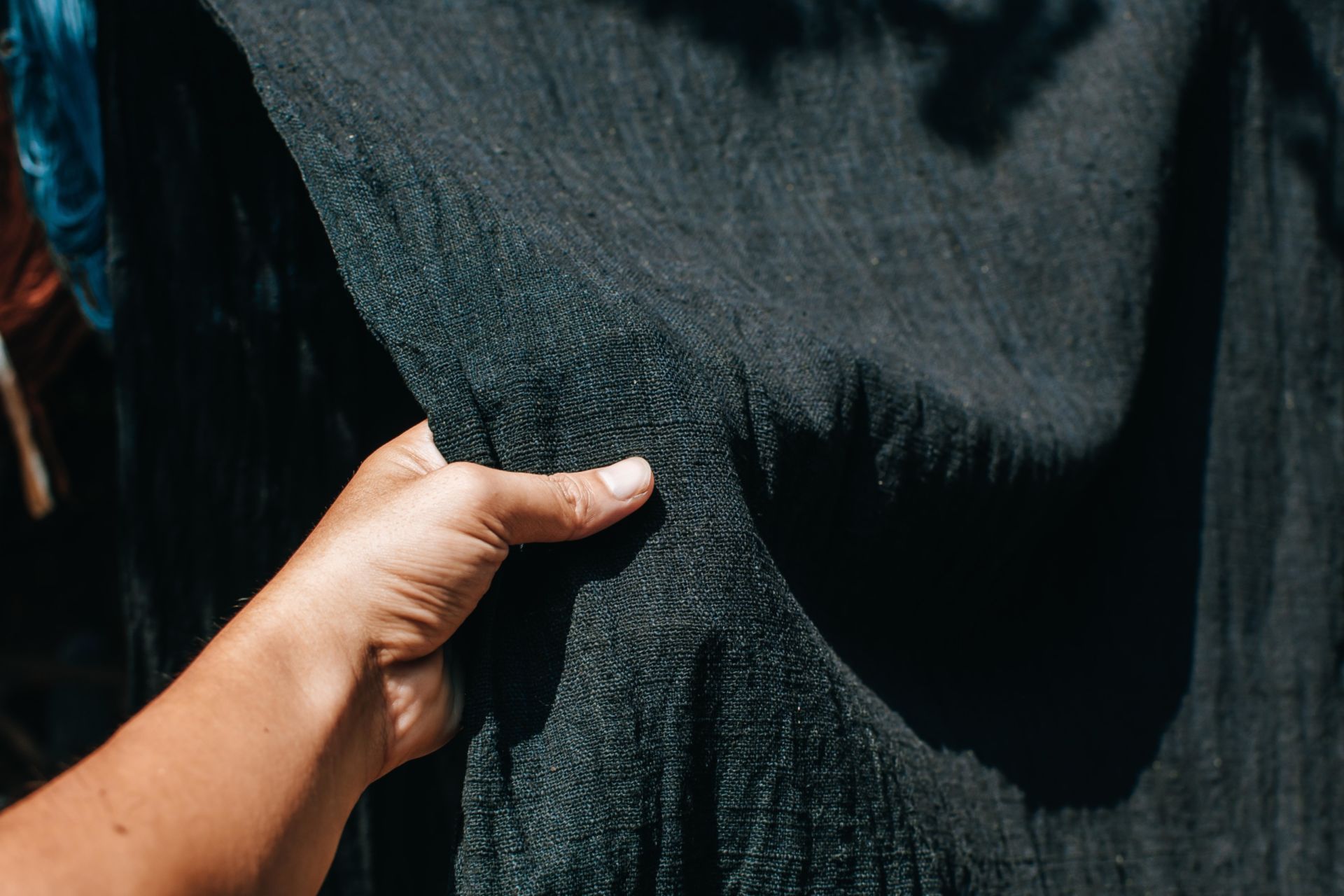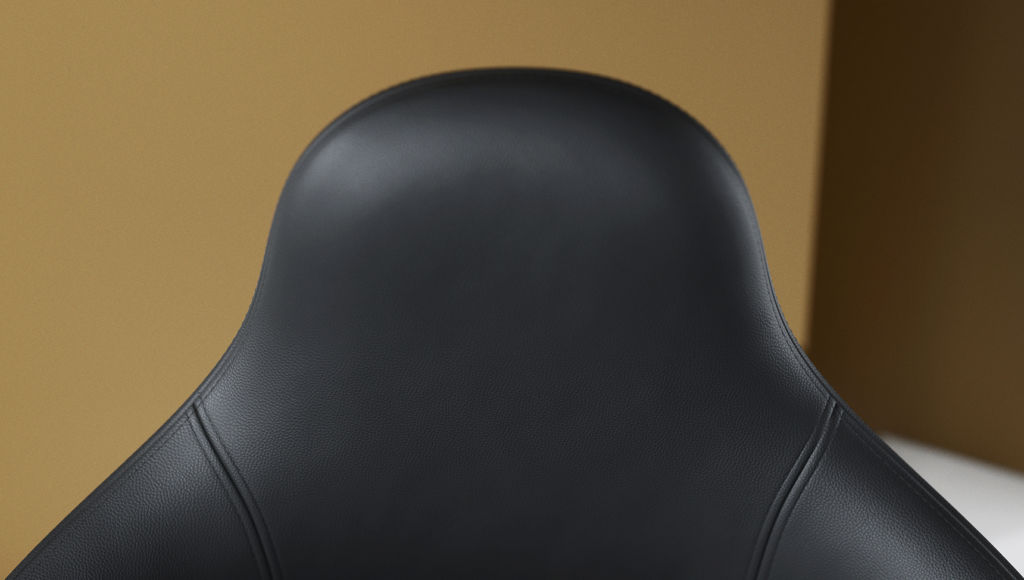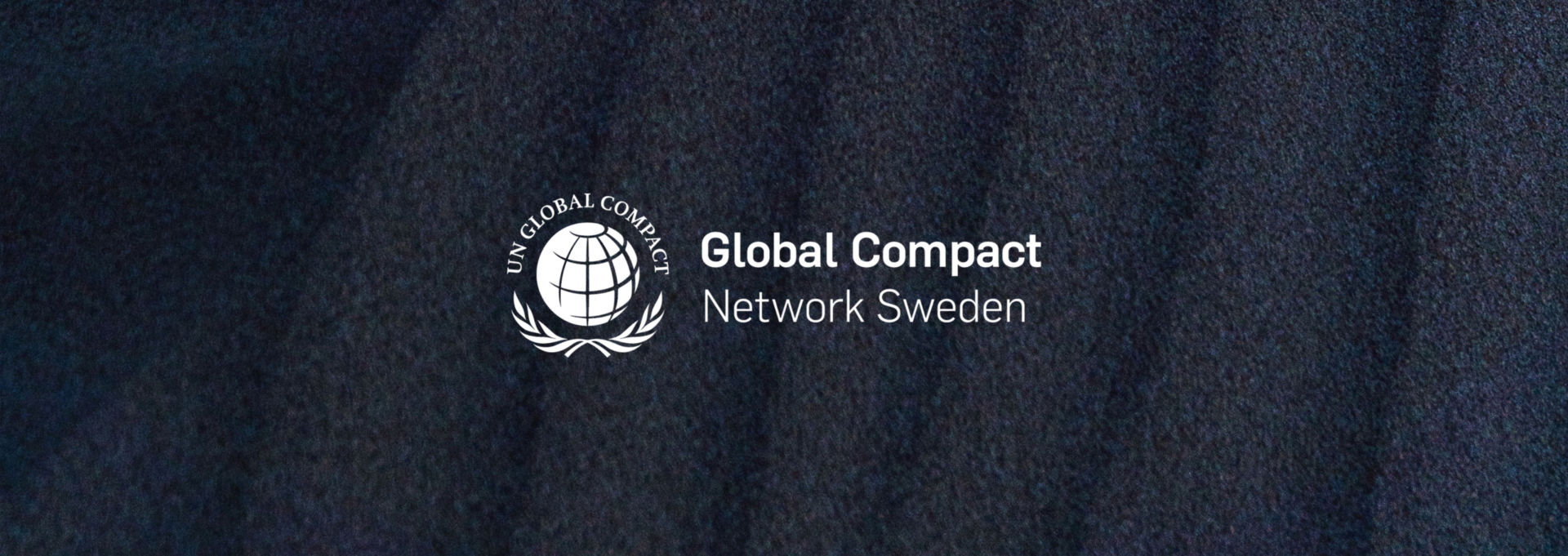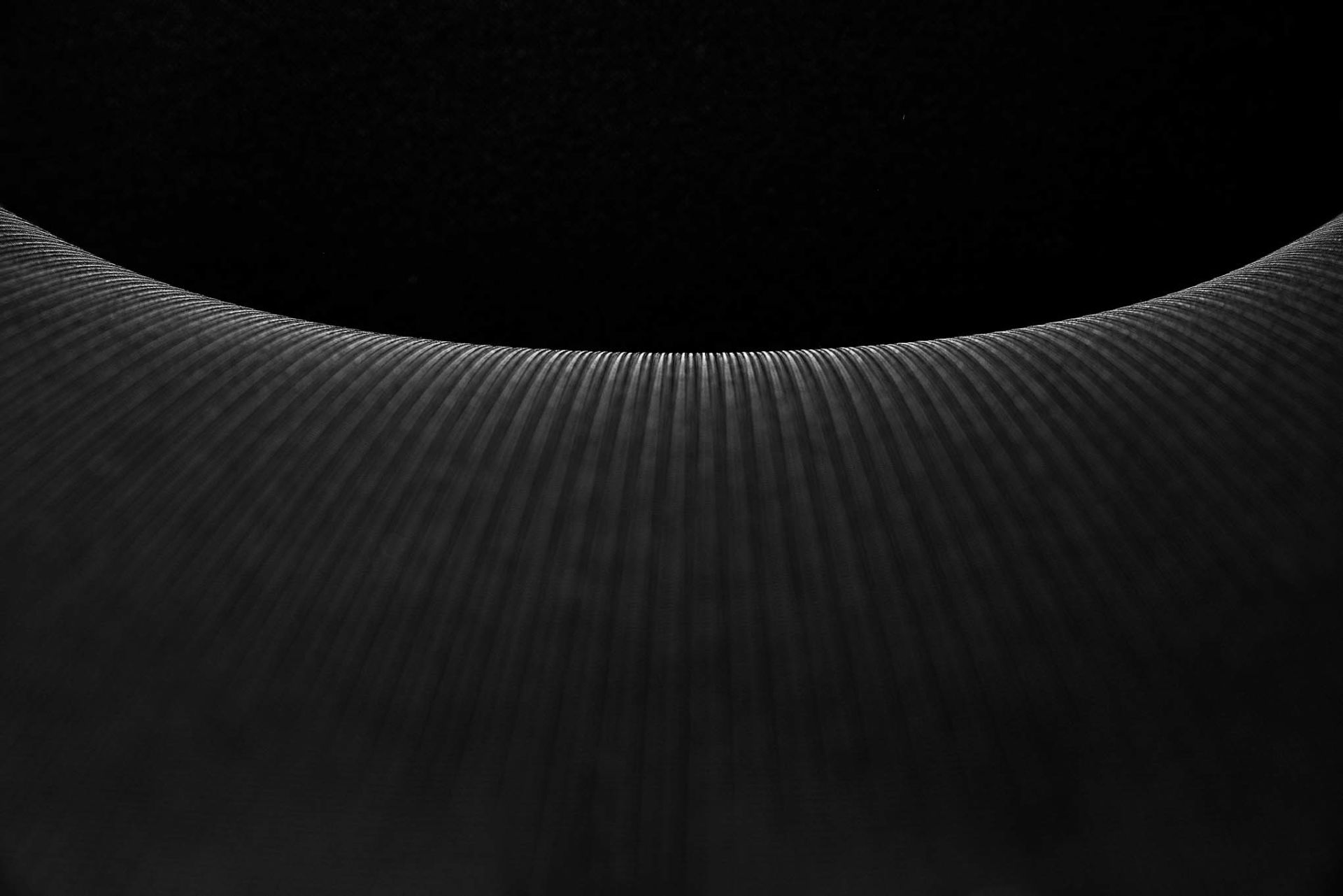What’s the difference between Möbelfakta and the Nordic Swan?
Where they concern the environment and quality, the Nordic Swan and Möbelfakta’s requirements are often very alike; they are expressed in slightly different ways but often provide similar end results. The review process differs between Möbelfakta and the Nordic Swan. The Nordic Swan reviews every document before the furniture is approved, which is a costly process and ultimately it’s necessary to pass these costs on to the customer. Möbelfakta has a simpler administration without compromising credibility; when a producer applies for their first Möbelfakta label, all documents are reviewed and an audit is performed on site. For subsequent labelling, only a simple check is made, after which the products are subject to regular spot checks. Because this simpler administration is cheaper, even small producers can afford to certify their products. Both systems are based on the credibility of the producer.
